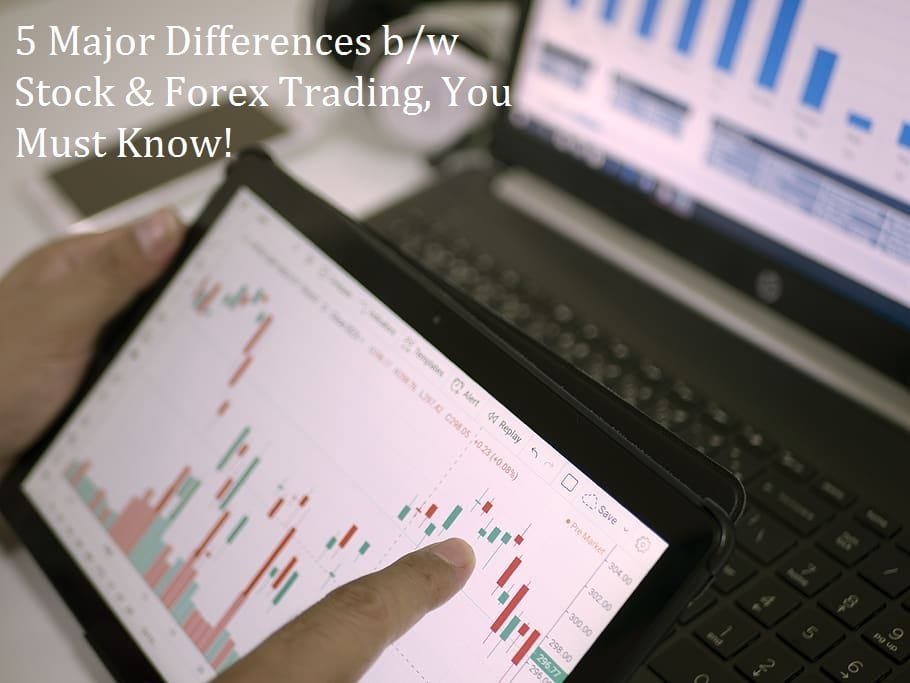Top 3 Long Term Investments In 2021

1. Equity funds
2. Bond funds
3. Dividend stocks
1. Equity funds
If you don’t feel like spending the time and effort analyzing individual stocks, then an equity fund – either an ETF or a mutual fund – can be a great option. When you buy a broadly diversified fund – such as an S&P 500 index fund or a Nasdaq 100 index fund – you will get many high-growth stocks along with many others. But you will have a broader and safer choice of companies than if you owned just a few individual stocks.
A stock fund is an excellent choice for an investor who wants to be more aggressive but doesn’t have the time or desire to make investing a full-time hobby. And when you buy an equity fund, you get the weighted average return of all the companies in the fund, so the fund is generally less volatile than if you held just a few stocks.
If you are a beginner investing in funds that are not broadly diversified – for example, a fund that is based on a particular industry – you should be aware that your fund will be less diversified than a fund that is based on a broad index like based on the S&P 500. So if you buy a fund that is based on the automotive industry, it can have a high oil price risk. If oil prices rise, then it is likely that many of the stocks in the fund could take a hit.
Risk / Reward: An equity fund is less risky than buying individual positions and also less work. But he can still move quite a bit in any given year, maybe lose up to 30 percent, or even gain 30 percent in some of his more extreme years.
But as you own more businesses – and not all of them will have great results in any given year – your earnings should be more stable. With an equity fund, you also have a lot of upside potential. Here are some of the best index funds.
2. Bond funds
A bond fund – either as a mutual fund or an ETF – contains numerous bonds, often from different issuers. Bond funds are typically categorized according to the type of bond in the fund – the duration of the bond, its risk tolerance, the issuer (company, municipality or federal government) and other factors. So, if you are looking for a bond fund, there are a variety of fund options to suit your needs.
When a company or government issues a bond, it undertakes to pay the owner of the bond a certain amount of interest annually. At the end of the life of the bond, the issuer pays back the principal amount of the bond and the bond is redeemed.
A bond can be one of the safer investments, and as part of a fund, bonds become even safer. Because a fund can own hundreds of types of bonds from many different issuers, it diversifies its holdings and reduces the impact of a single bond default on the portfolio.
Risk / Reward: Although bonds can fluctuate, a bond fund remains relatively stable even if it may move in response to movements in the prevailing interest rate. Bonds are considered relatively safe compared to stocks, but not all issuers are created equal. Government issuers, especially the federal government, are considered to be quite safe, while corporate issuers’ willingness to take risks can range from a little less to a lot riskier.
The return on a bond or annuity fund is usually much lower than that of an equity fund, maybe 4 to 5 percent annually, but less for government bonds. It’s also a lot less risky.
4. Dividend stocks
Where growth stocks are the sports cars of the stock world, dividend stocks are sedans – while they can make solid returns, they likely won’t appreciate as fast as growth stocks.
A dividend stock is simply a stock that pays a dividend – a regular cash payment. Many stocks offer a dividend, but they’re typically more likely to be found in older, more mature companies that have lower cash needs. Dividend stocks are popular with older investors because they make a steady income, and the best stocks add that dividend over time so you can make more than you would make from the fixed payout on a bond, for example.
Risk / Reward: While dividend stocks tend to be less volatile than growth stocks, don’t assume that they won’t rise and fall significantly, especially when the stock market enters a difficult period. However, a dividend-paying company is typically more mature and established than a growth company and is therefore generally considered safer. However, if a dividend-paying company doesn’t make enough to pay out its dividend, it will cut the payout and its stocks can crash as a result.
The great appeal of dividend stocks is the payout, and some of the top companies pay 2 or 3 percent annually, sometimes more. But the important thing is that they can increase their payouts by 8 or 10 percent per year over long periods of time so that you get a raise, usually every year. Returns can be high here, but typically won’t be as big as growth stocks. And if you prefer to opt for a dividend-paying equity fund so that you can own a diversified range of stocks, then you will find that there are a lot of them out there.
Digital marketing enthusiast and industry professional in Digital technologies, Technology News, Mobile phones, software, gadgets with vast experience in the tech industry, I have a keen interest in technology, News breaking.










